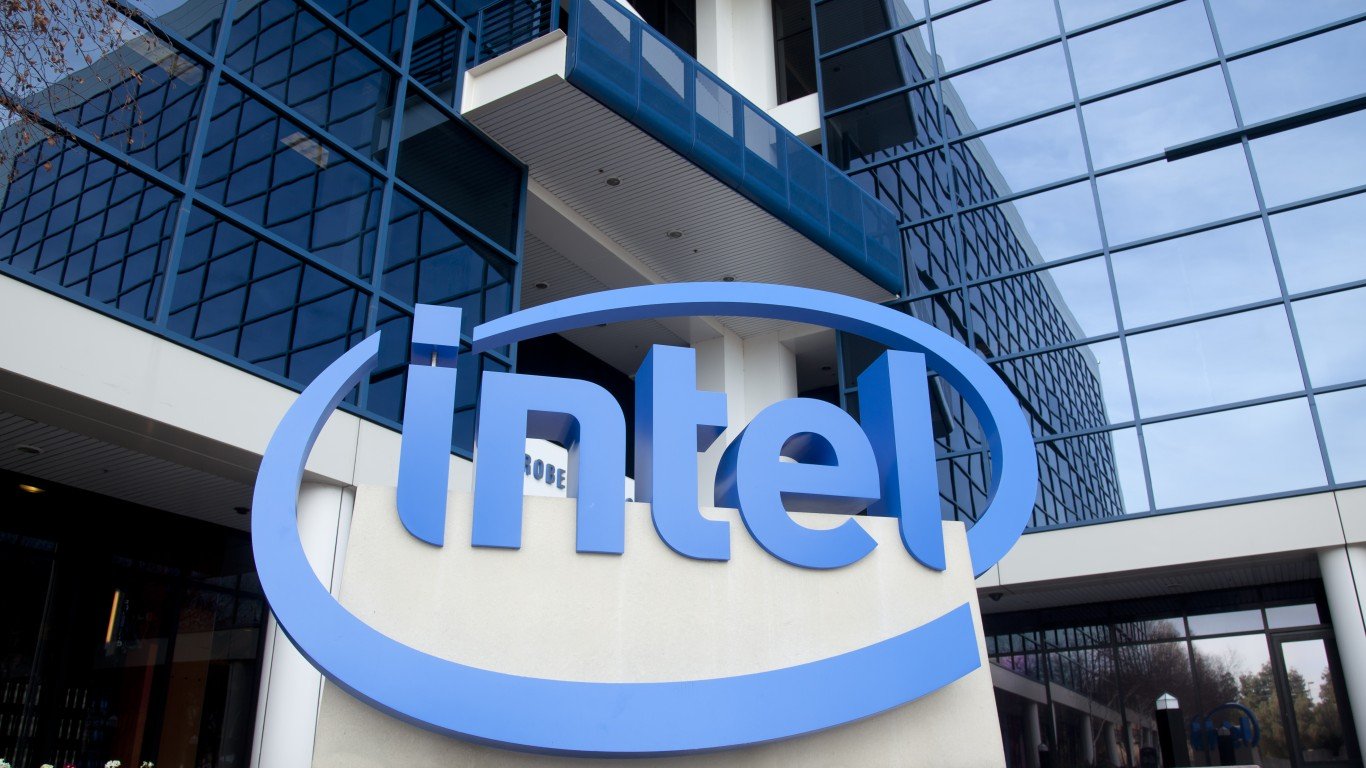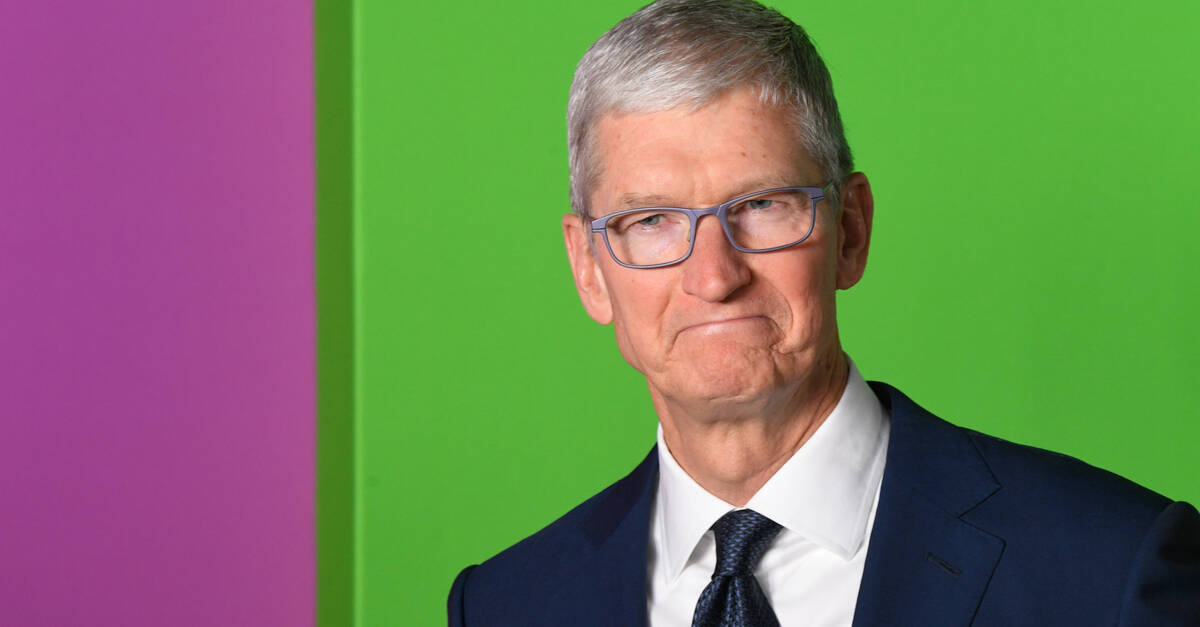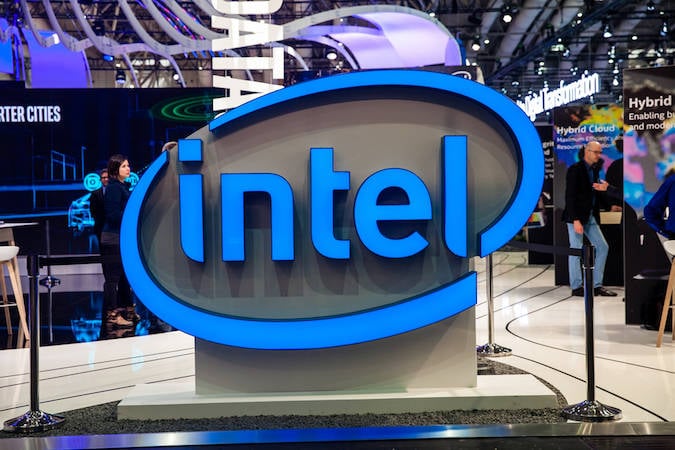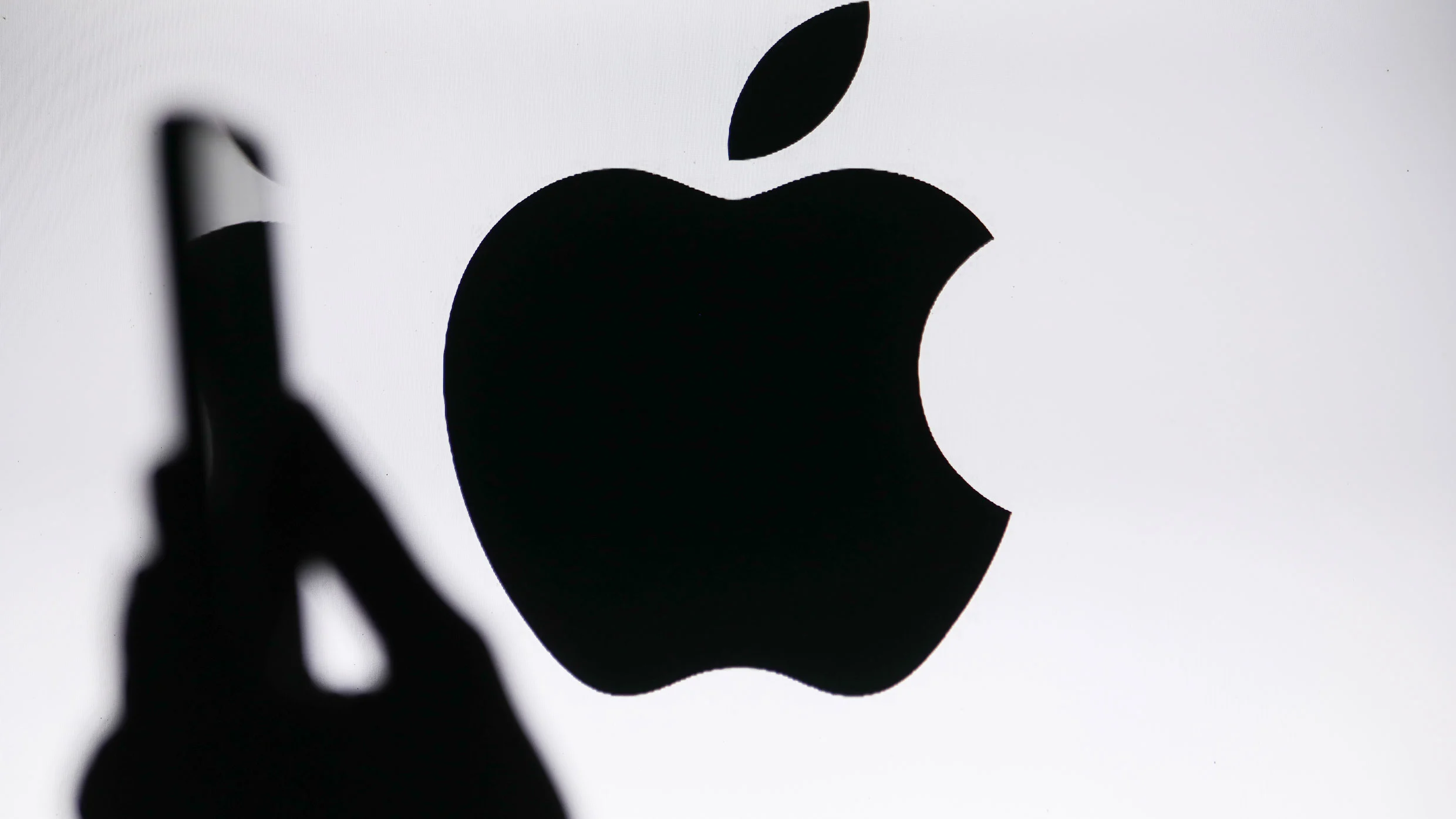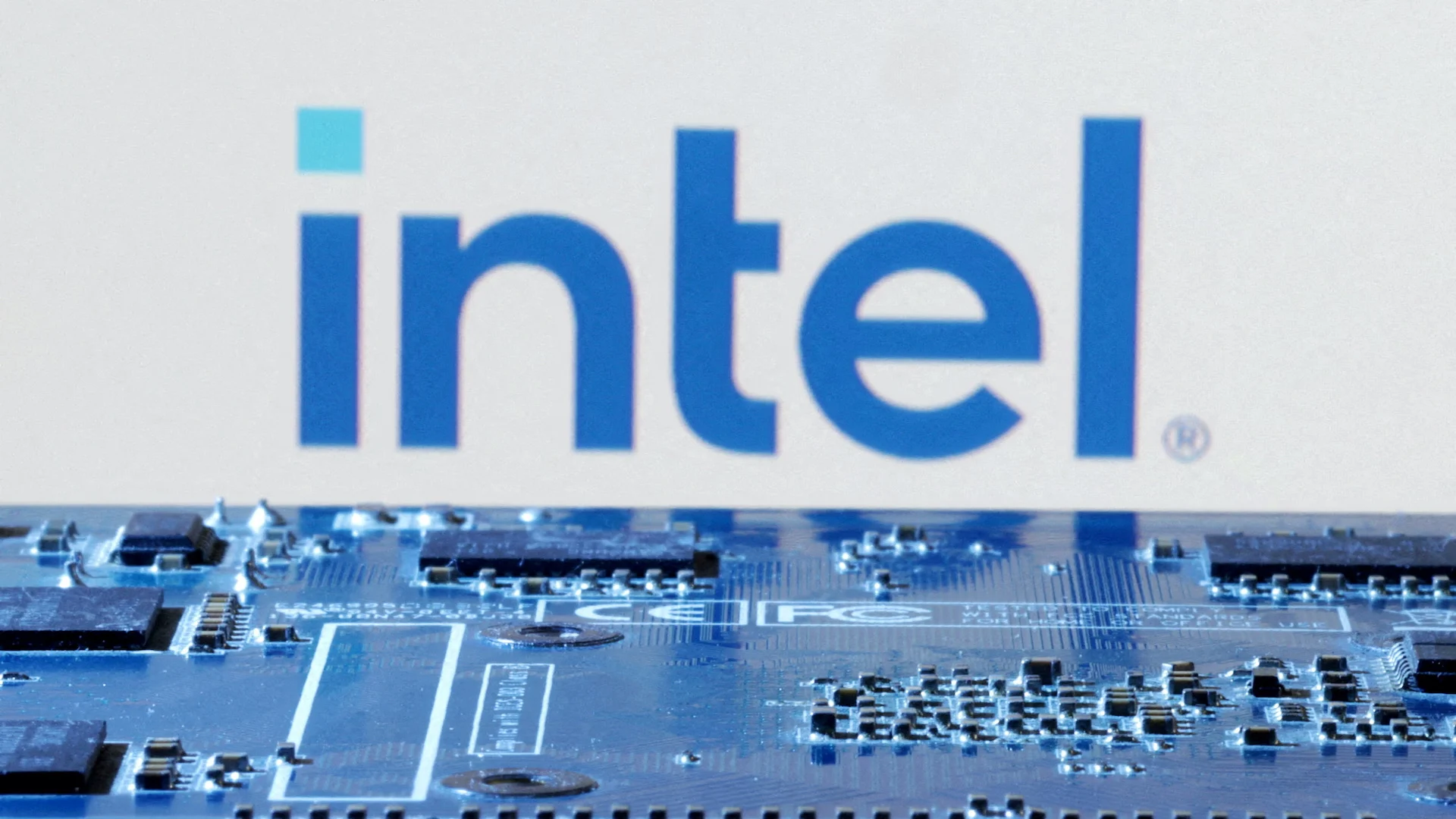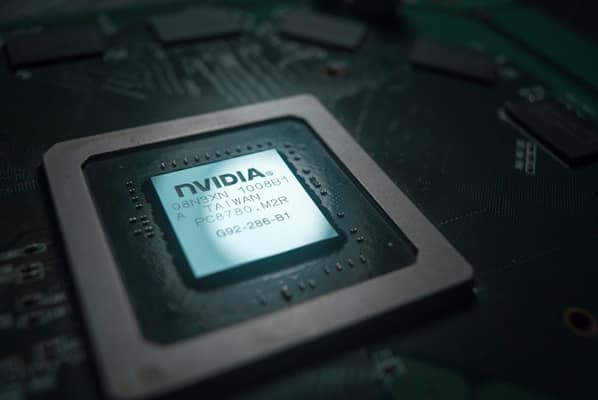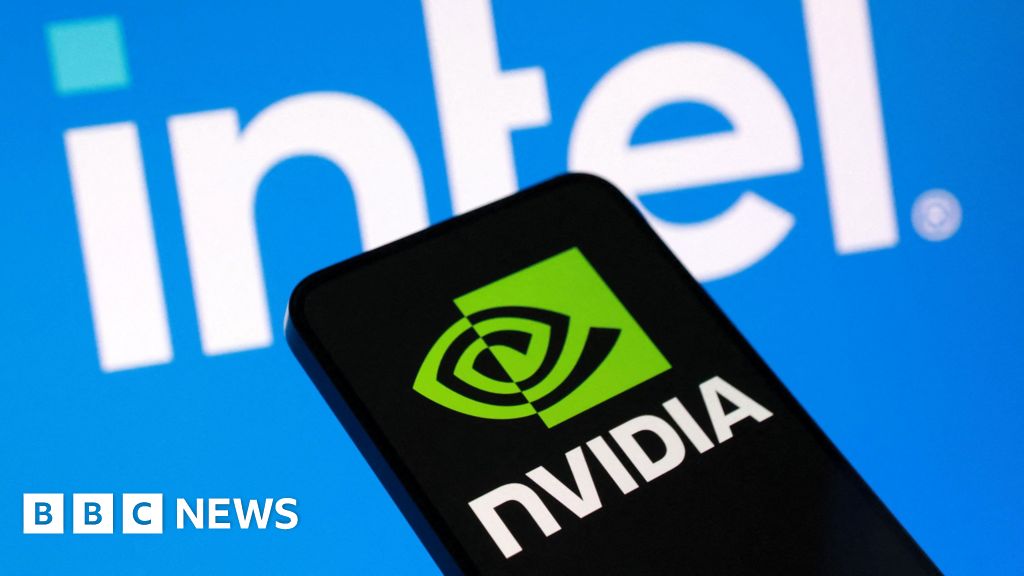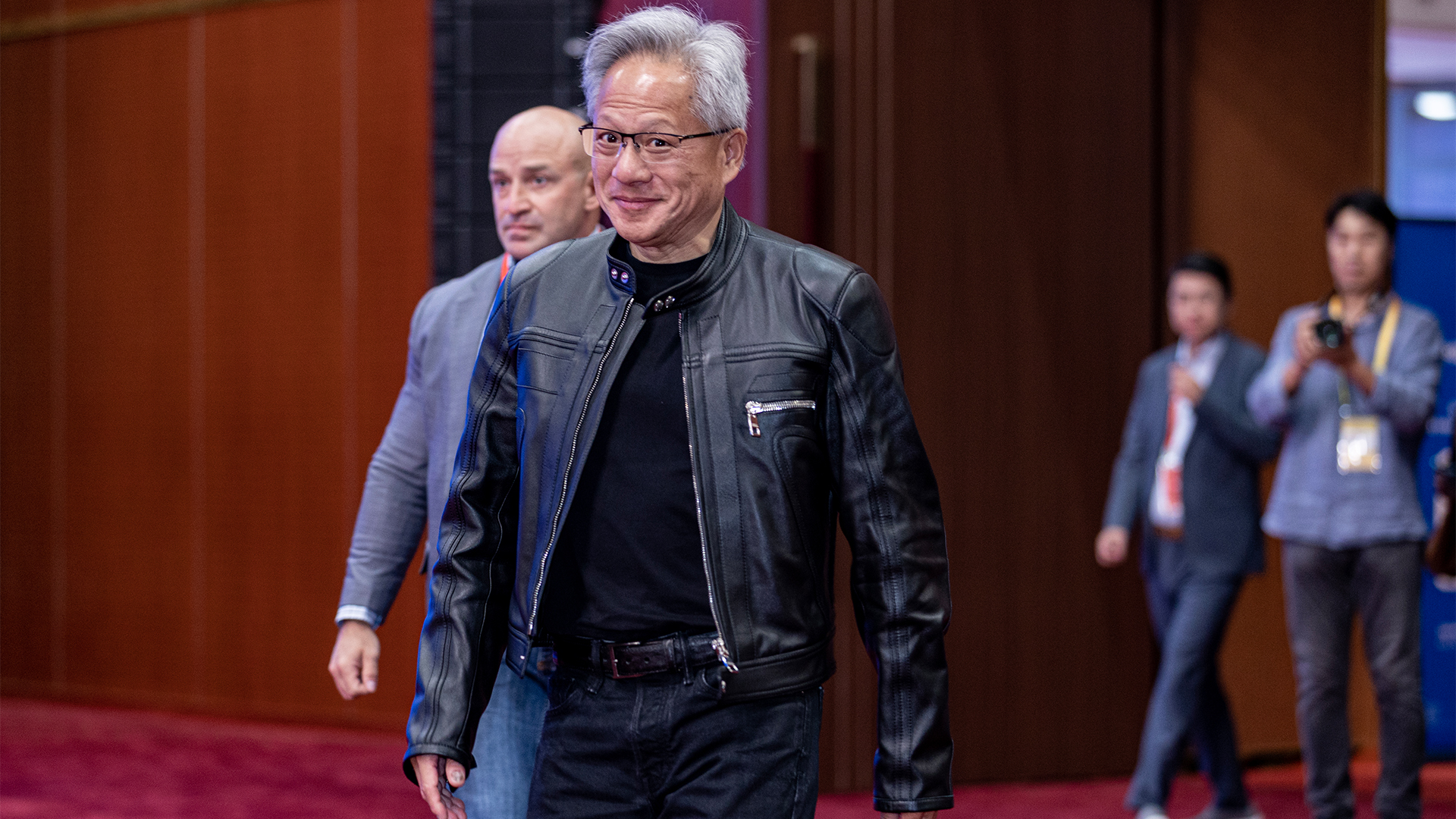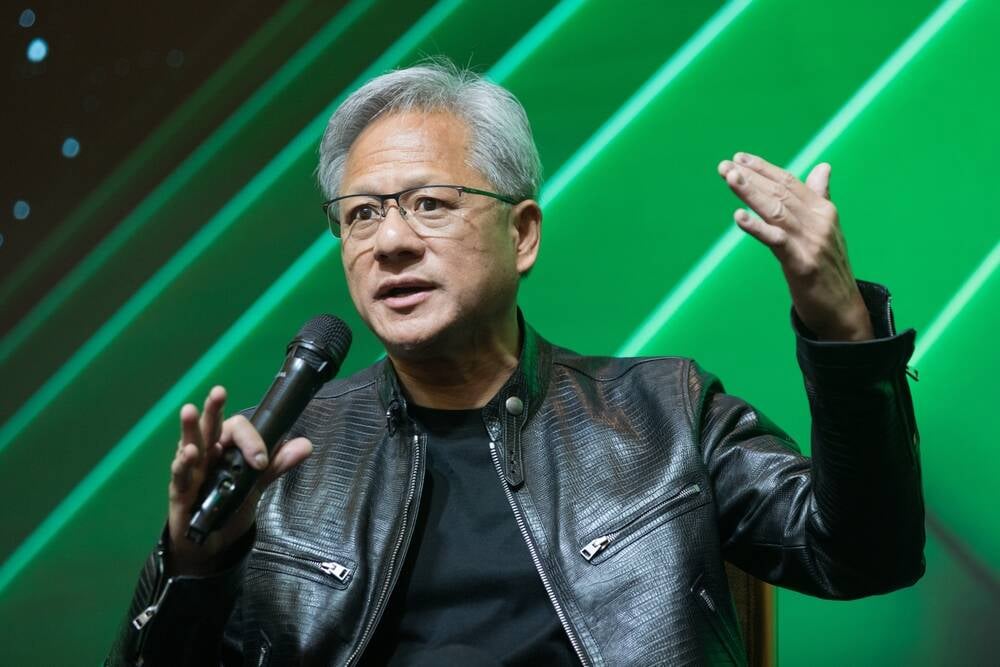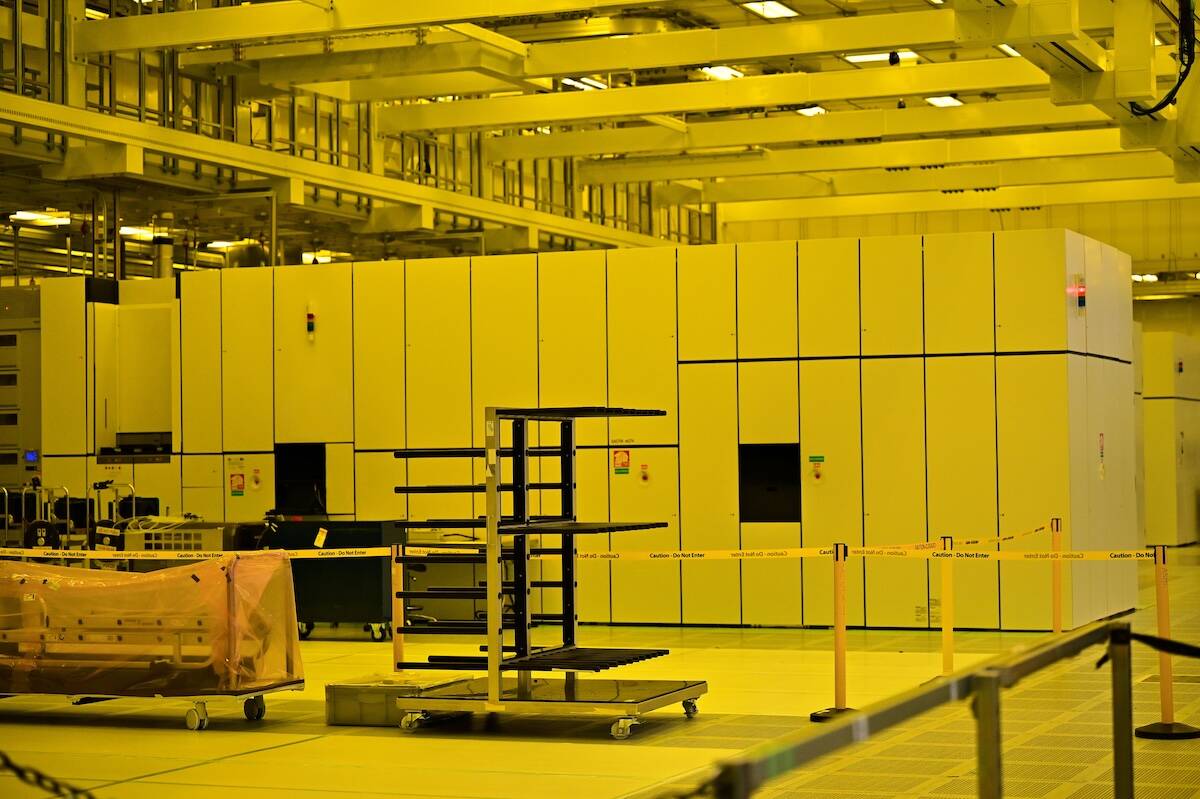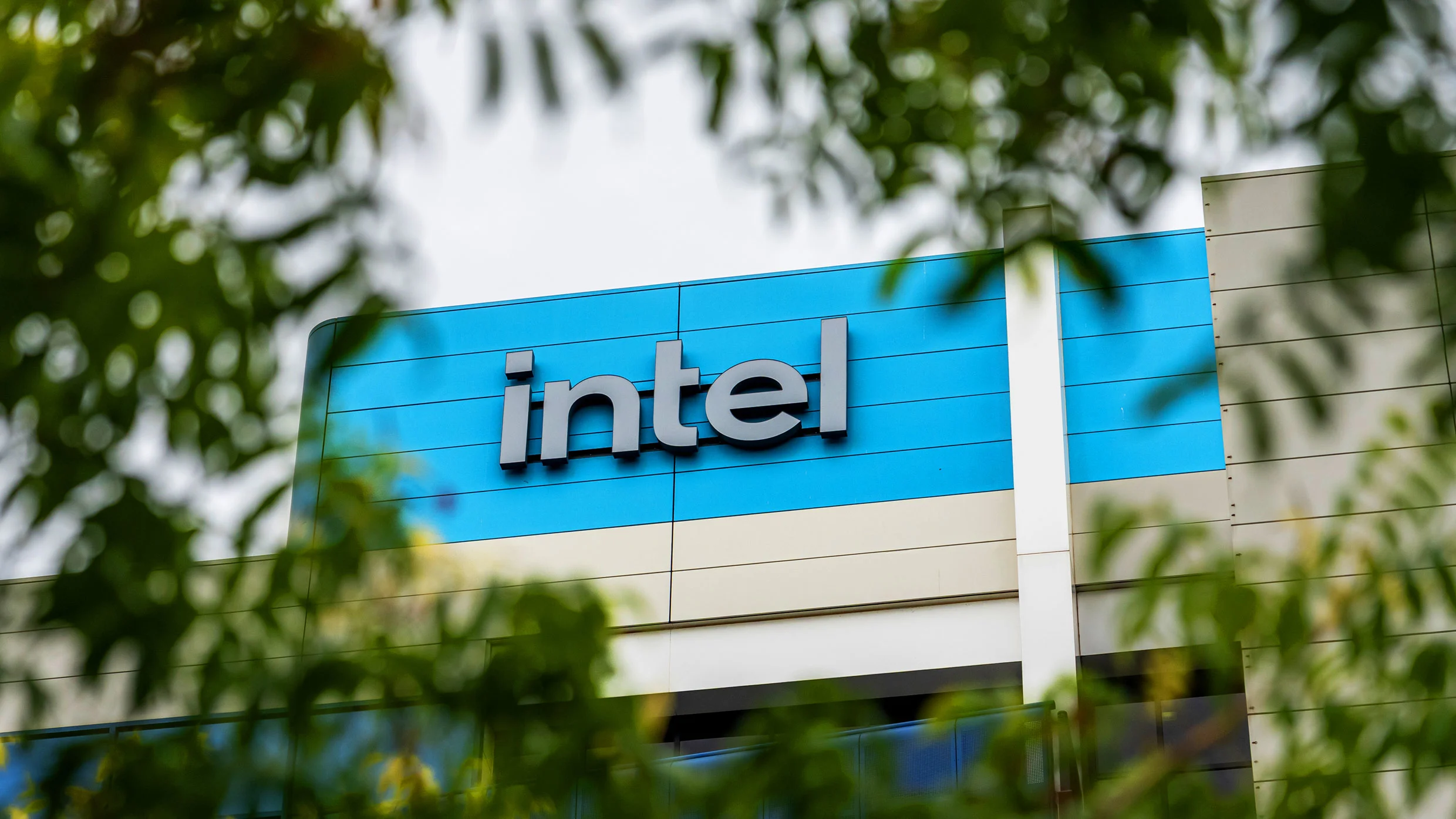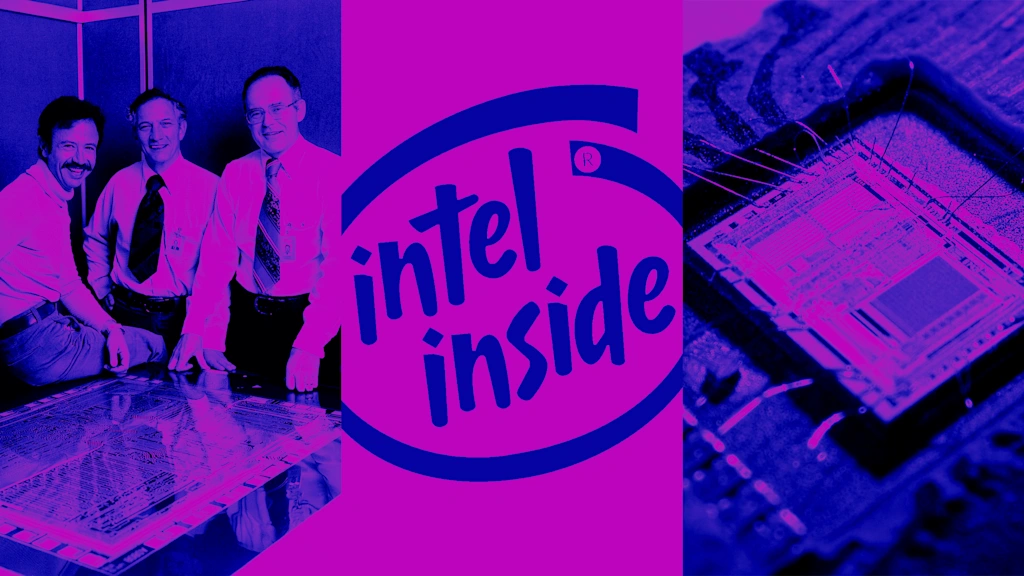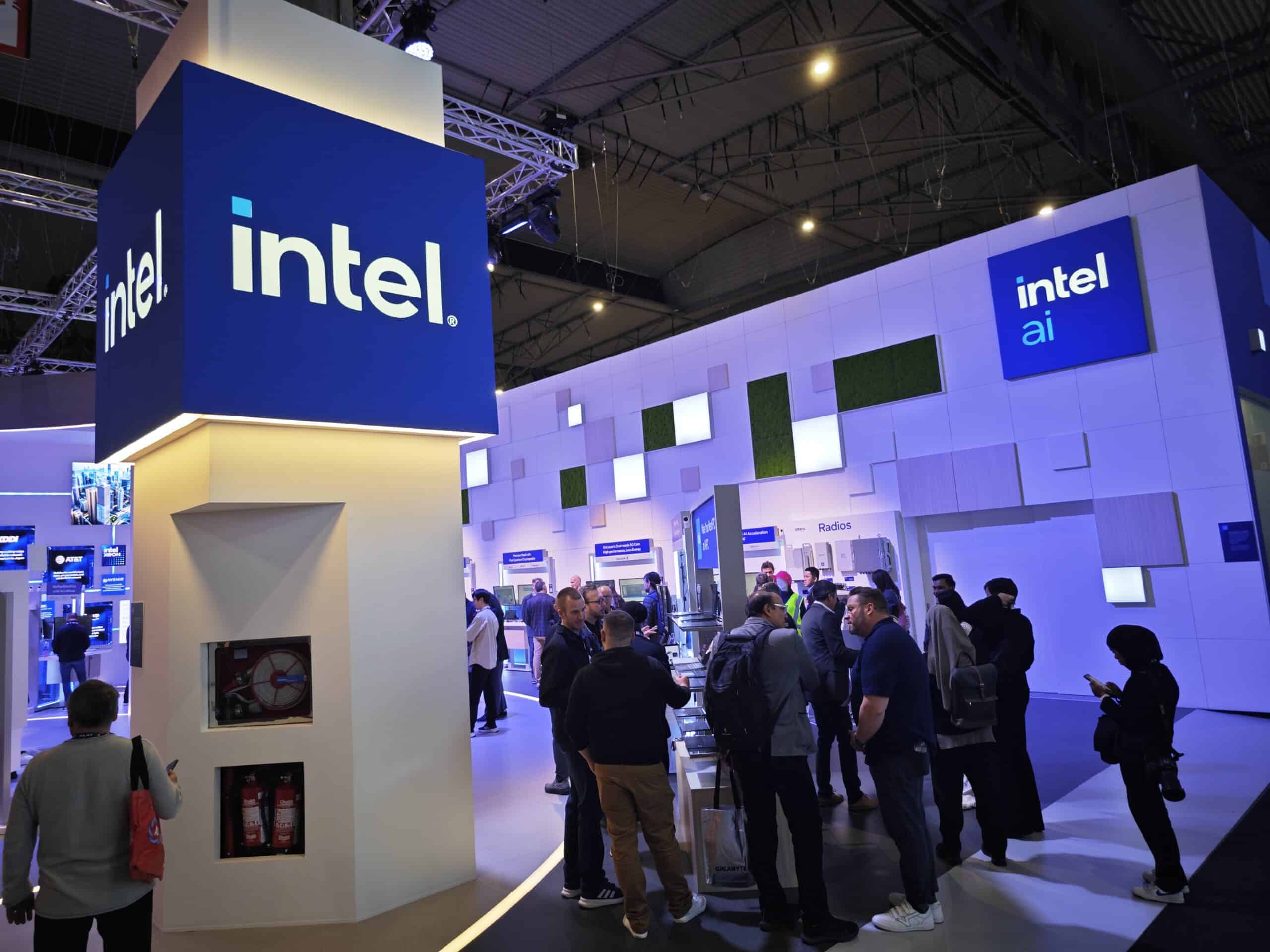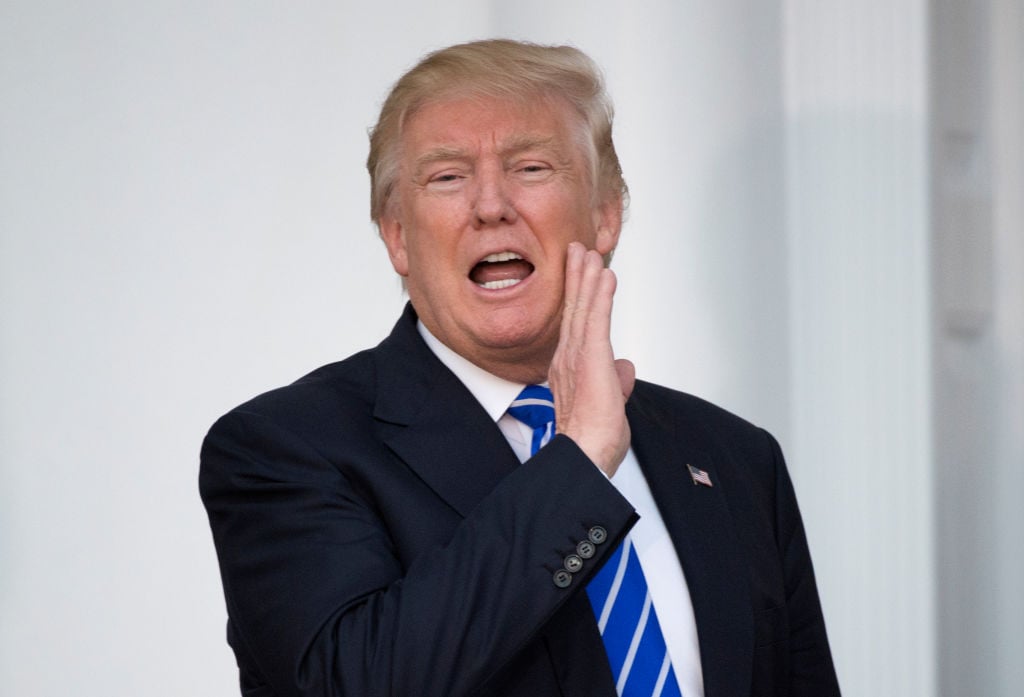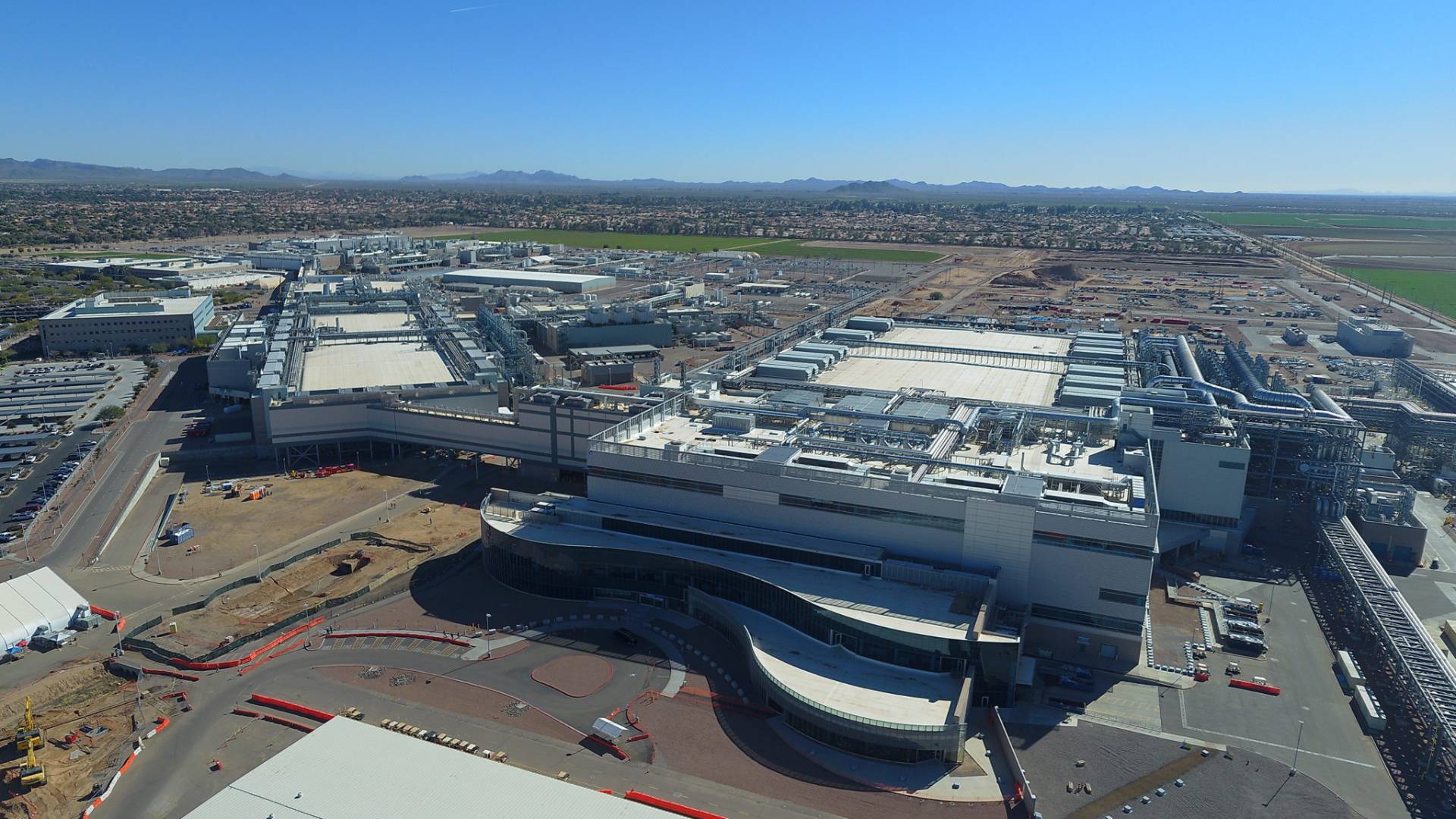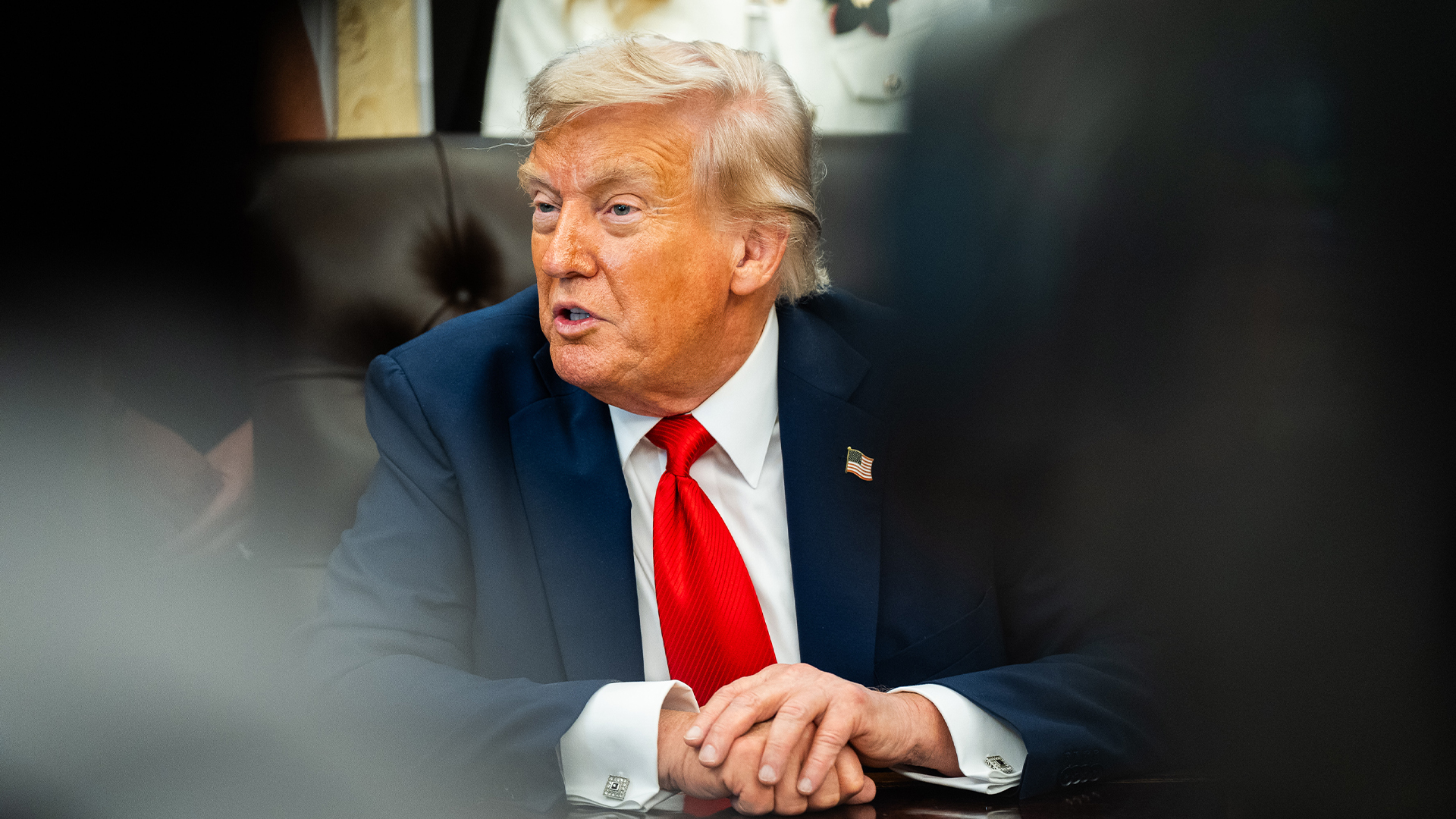fromEngadget
3 days agoIntel loses its latest challenge to 16-year-old EU antitrust case
The case began in 2009, when mobile computing was in its infancy and netbooks ( remember those?) were all the rage in the PC space. At the time, the EU ruled that Intel violated antitrust laws on multiple fronts. First, it used illegal hidden rebates to push rivals out of the PC processor market. Second, it paid manufacturers to delay or stop production of AMD-powered products.
Miscellaneous


